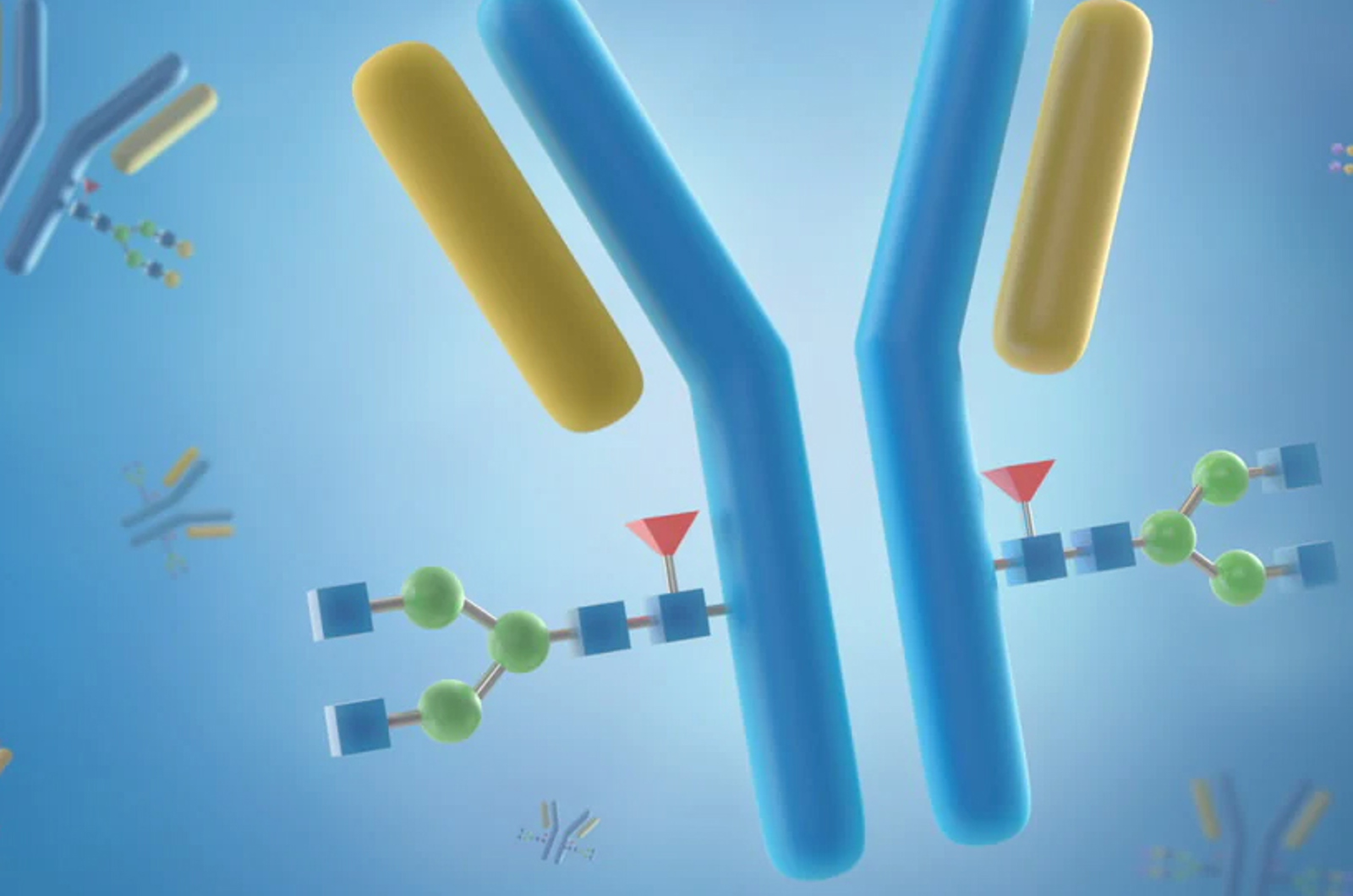N-Glycan Separations: How HILIC Columns Affect Data Quality
Sponsored by

Course Details
Glycosylation can be a critical quality attribute (CQA) or product quality attribute (PQA) of biotherapeutic proteins, as the structure of N-linked glycans can influence protein function. Analysis of released N-glycans labeled with a dye that facilitates hydrophilic interaction liquid chromatography (HILIC) with detection by fluorescence (FLD) and/or mass spectrometry (MS) is a commonly used approach. The selection of an appropriate HILIC column for these separations is critical to ensure that glycans in complex mixtures are well-separated with minimal coelutions. Robustness in peak shape, retention time, and overall column lifetime are also often cited as important factors in choosing a suitable column.
Topics include:
- Presentation of data on biotherapeutic molecules showing the N-glycan separation performance of Agilent’s latest developmental HILIC LC column
- Comparisons of key N-glycan separations alongside other popular columns
- Discussion of key factors in column selection, such as selectivity, coelutions, peak shape, temperature stability, and longevity
- Discussion on how mobile phase composition can affect N-glycan charge group selectivity
- Comparisons of MS and FLD response

